Marketing Tactics for Your Local Gas Station
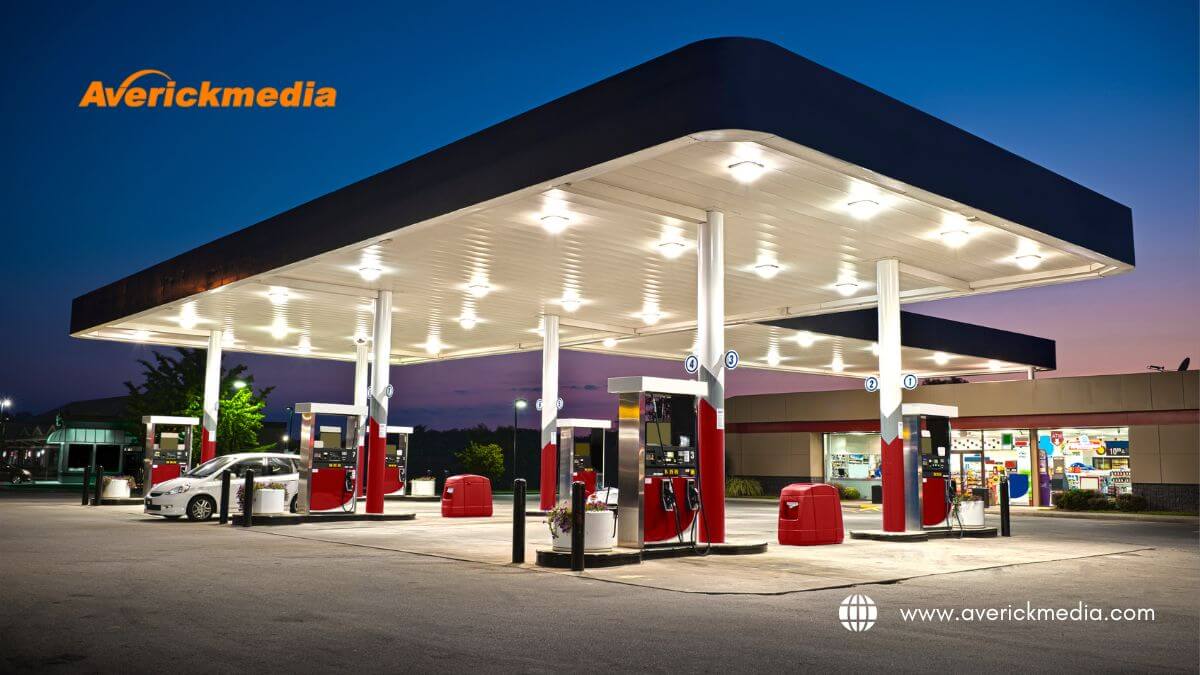
Gas station owners often grapple with the formidable task of luring customers to their establishments. Given the constraints posed by relatively uniform fuel prices, the key battlegrounds for differentiation lie within the gas station store and food service offerings. Yet, the conundrum persists: how can one boost business without resorting to price reductions that might impact profit margins?
Let’s understand!
Significance Of Effective Marketing For Local Gas Stations And Convenience Stores
Consider the narrative woven by effective marketing—a narrative that goes beyond the conventional notions of advertising and promotion. In this competitive retail landscape, where the offerings often mirror those of competitors, effective marketing emerges as the beacon guiding these businesses through the fog of uniformity.
Picture this: A gas station or convenience store with a distinctive image, a unique value proposition that sets it apart from the rest. This is the magic of effective marketing, creating a brand that not only resonates with consumers but also occupies the top echelons of their minds when they think of fuel, snacks, or convenience items. Yet, the power of marketing extends far beyond brand aesthetics. It's about forging connections—with the local community, with customers, and with the evolving preferences of the market. It's about engagement, a dynamic interaction facilitated by social media, promotions, and active participation in community events.
Effective marketing acts as a spotlight. It shines a light on the things a store has to offer, making customers curious to check things out, find new stuff, and maybe buy more things. In addition, it adjusts what you need to offer and promotes things to match what people like.
Local gas stations and convenience stores aren't just places to get gas—they're active parts of the community. It's a story of standing out, staying connected, adjusting to changes, and, most importantly, staying important in the ever-changing world of selling things.
Recent Marketing Articles
- Sales in the Modern Era: The Role of Data in Crafting Effective Marketing Plans
- Why Job Title Targeting is Your Secret Weapon for Sales Success
- Connecting with Care: Reaching Busy Healthcare Professionals with a Winning Mailing List Strategy
- Transform Your Contractor Marketing with These Simple Yet Effective Tips
- Score More Clients: Best 10 Tried-and-True Lead Generation Tips for Lawyers
- Top 10 Female Entrepreneurs Changing the Face of Healthcare
- An Inside Look at Meta Threads: Statistics and Insights for 2023
- Comprehensive Guide to Types of Sales Channels and Selling Your Product Successfully
- The Importance of a Targeted Biotechnology Industry Email List
- Generate Business Sales Leads With These Tips
- Best Healthcare Email Lists Providers
- The Only CPA Marketing Guide You'll Need
Fueling Success: Top 10 Effective Marketing Tactics for Local Gas Stations and Convenience Stores
Nailing down the perfect promotional strategy can be a bit challenging. Staying informed about trends and effective materials is key to putting them together successfully. It's a dynamic process that involves adapting to what's working in the ever-changing landscape of consumer preferences and market dynamics.
To ease your worries, here is our top 10 list of the most effective strategies:
1. Identify your audience

Getting to know your audience is the secret to a successful marketing strategy for local gas stations and convenience stores. It's about delving into the unique makeup of the local community, understanding who lives there, and what they need.
By identifying customer preferences and buying behaviors, you're essentially decoding the language of your audience. What do they like? What makes them tick? These are the questions that guide your efforts in creating offerings that resonate with them.
The real magic happens when you take these insights and tailor your marketing strategies accordingly. It's not a one-size-fits-all approach. Instead, it's about crafting messages and promotions that speak directly to the demands and needs of your audience. It's a personalized connection that transforms casual passersby into loyal customers. This understanding of your audience is the compass that guides your every move, ensuring that every marketing initiative is a step in the right direction.
2. Make Your Product Stand Out
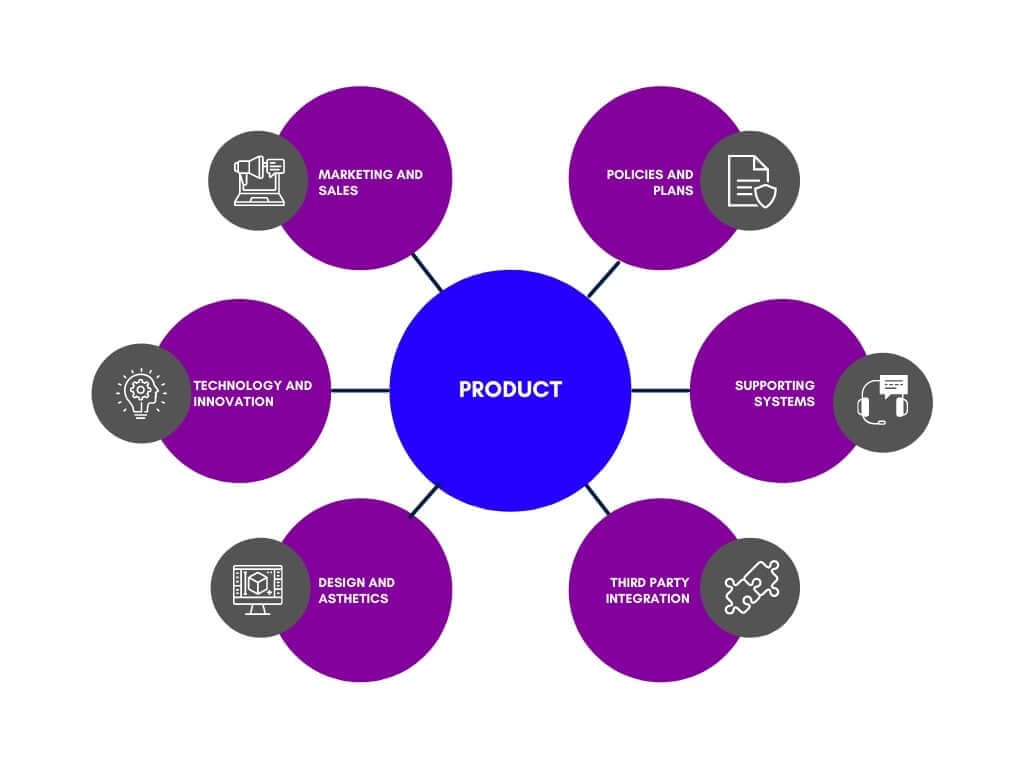
Source: chisellabs
When your shelves look the same as everyone else's, it's tough to give shoppers a good reason to choose your store. So, find a unique niche that sets you apart. Think about what locals or passersby might really want. For the folks nearby, maybe offer uncommon snacks, high-quality car accessories, or a wide range of interesting magazines. For tourists, focus on premium items that connect with what the area is known for. If there are popular fishing spots nearby, stock up on baits or flies. Bird-watching hotspots? Add binoculars, guidebooks, and seeds. Maybe you're on the route to a stadium—consider loading up on jerseys and merchandise for the local team. Stand out by giving people something they can't easily find elsewhere.
3. Optimize Google My Business
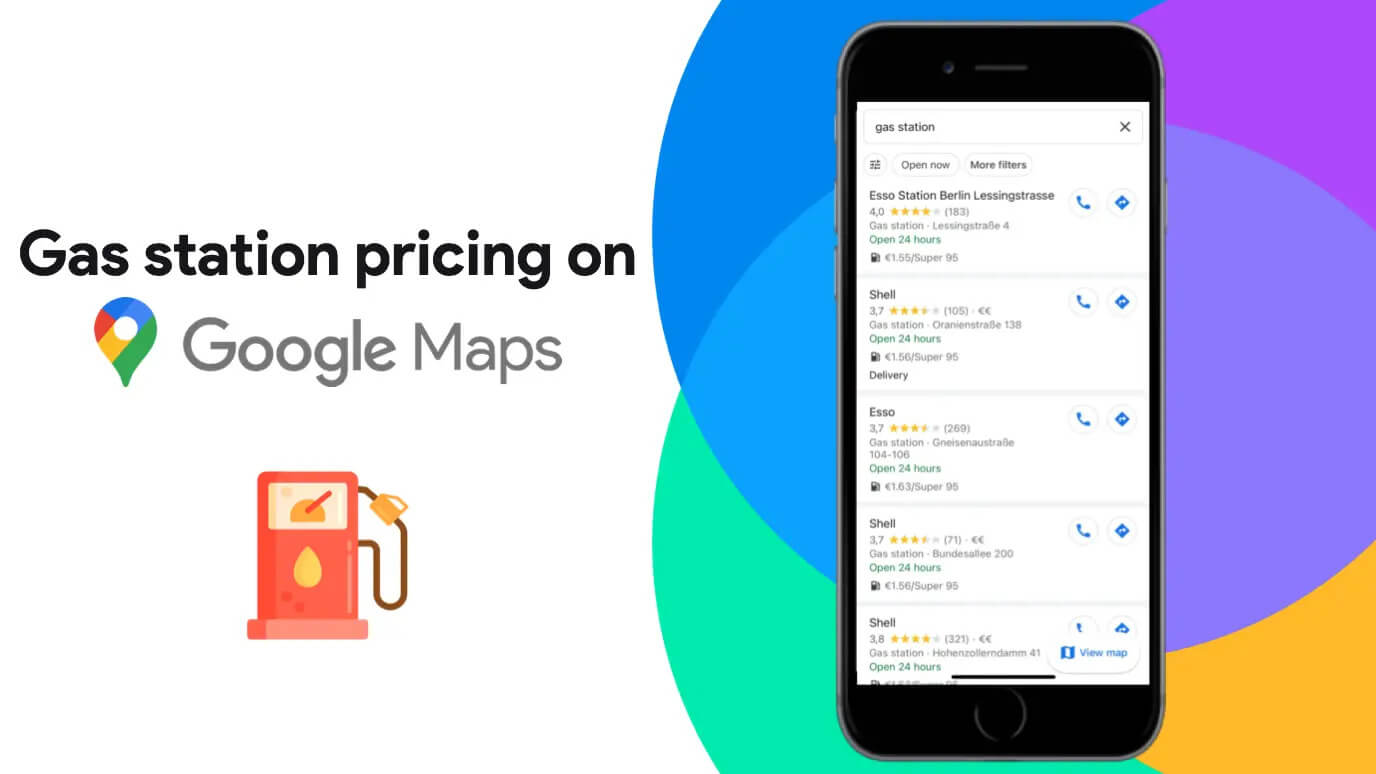
Source: partoo.co
gas stations and convenience stores, which are tied to specific locations, having a Google My Business account is crucial. Confirming ownership is a breeze, as you provide Google with details about your business, establishing a presence across their platforms, including Google Maps.
In a world where everyone relies on their phones for information, local searches often lead to map results. Securing a prominent spot at the top through a strong presence can significantly boost your business by attracting more attention from potential customers.
4. Customer Rewards/Loyalty Program

Boosting customer loyalty is a smart move for your store, and a reward program is an excellent way to achieve that. When customers feel appreciated, they're more likely to keep coming back. Whether you're giving discounts or freebies, make sure your rewards are substantial enough to make an impact – be generous with those loyalty perks!
Now, let's talk about special offers. They're a powerful tool for attracting customers and encouraging them to buy more. To maximize your profits, consider discounting items often purchased alongside high-margin products. For example, if you're promoting small bags of chips, strategically place cans of soda nearby. It's all about increasing the basket size. So, think about creating excitement with unexpected offers rather than sticking to a predictable schedule, like every Monday. This way, you keep things fresh and customers on their toes, eager to see what's in store.
5. Mobile Search is Crucial

Consumers now rely on mobile devices for quick choices. Factors like search results, the presence of marketing materials in local listings, and appealing ratings and reviews play a pivotal role. In a competitive gas station market, staying on top of marketing efforts is essential. A comprehensive web marketing strategy, covering standard and mobile searches, is crucial. Managing ratings and reviews within local business listings is equally vital for capturing and retaining consumers.
Consider this: Google's keyword research tool indicates significant monthly searches for gas stations & convenience stores in the United States. The numbers speak for themselves:
- Gas stations: 301,000 searches
- Gas station: 135,000 searches
- Gas station near me: 74,000 searches
- Gas stations near me: 60,500 searches
- Nearest gas station: 27,100 searches
Alone, these search terms amass over 500,000 searches per month in the U.S. This underscores the importance of a robust online presence and strategic management of reviews in today's digital landscape.
Industry-Specific Email Lists
6. Redesign Your Store Using Modern Design Concepts
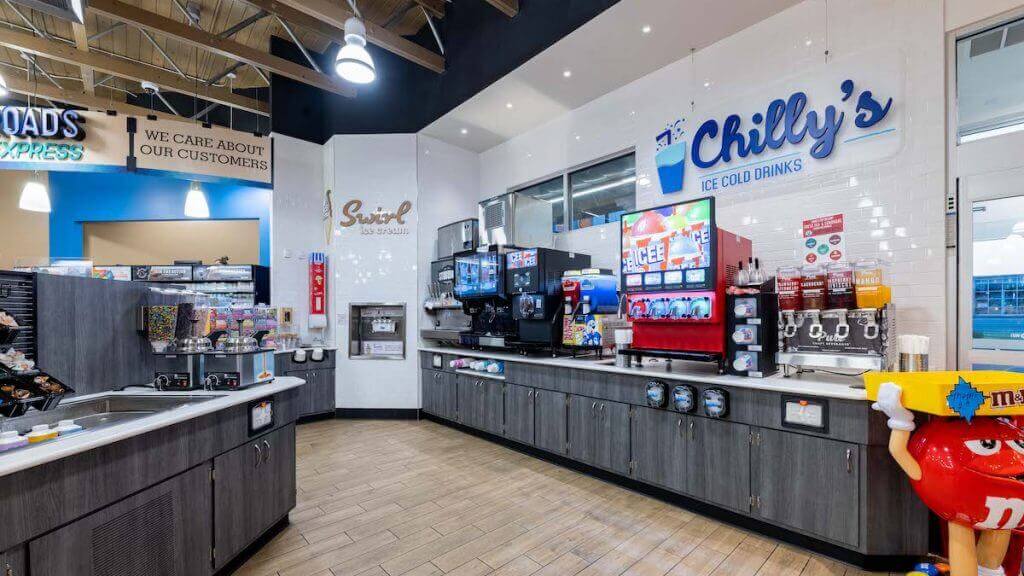
Source: kingrs
As consumer expectations evolve, particularly in the field of food service, many convenience retailers are reimagining the layout of their stores. Taking cues from major C-store chains like Wawa, numerous operators are enhancing their made-to-order menus, expanding beyond traditional sandwiches to include diverse concepts like taquerias and burger stations.
This shift in culinary offerings is often accompanied by a redesign of the store itself. According to a survey conducted by Technomic in collaboration with DIRECTV for BUSINESS, the inclusion of TVs in stores can offer several benefits for both consumers and retailers. A substantial 58% of customers believe that having TVs in the customer area creates a more inviting environment, while 52% feel it encourages customers to linger and spend more.
Interestingly, the appeal of in-store TVs is particularly strong among heavy users of convenience stores, as indicated by Technomic's survey findings. A significant 63% of heavy C-store users and a remarkable 71% of super-heavy users express a likelihood to utilize in-store TVs.
If you've been contemplating a store update or hesitating to make design changes, the present moment is opportune for investment. Embracing new design concepts can not only meet evolving consumer expectations but also enhance the overall customer experience, potentially leading to increased engagement and sales.
7. Utilize Marketing Analytics

Marketing analytics play a crucial role in offering insights into consumer behavior and campaign performance. gas stations and convenience stores become strategic decision-makers. It's not a shot in the dark; it's a calculated approach. They can fine-tune their strategies, adjusting promotions, and optimizing their return on investment. If a particular promotion isn't resonating with customers, they can swiftly pivot based on what the data reveals.
It's akin to having a compass in the ever-changing terrain of consumer preferences. Marketing analytics empowers these businesses to navigate the landscape, ensuring that every move is purposeful, informed, and geared toward maximizing success. It's not just about data; it's about using that data as a powerful tool to shape the future of their marketing efforts.
8. Manage Ratings and Reviews Online
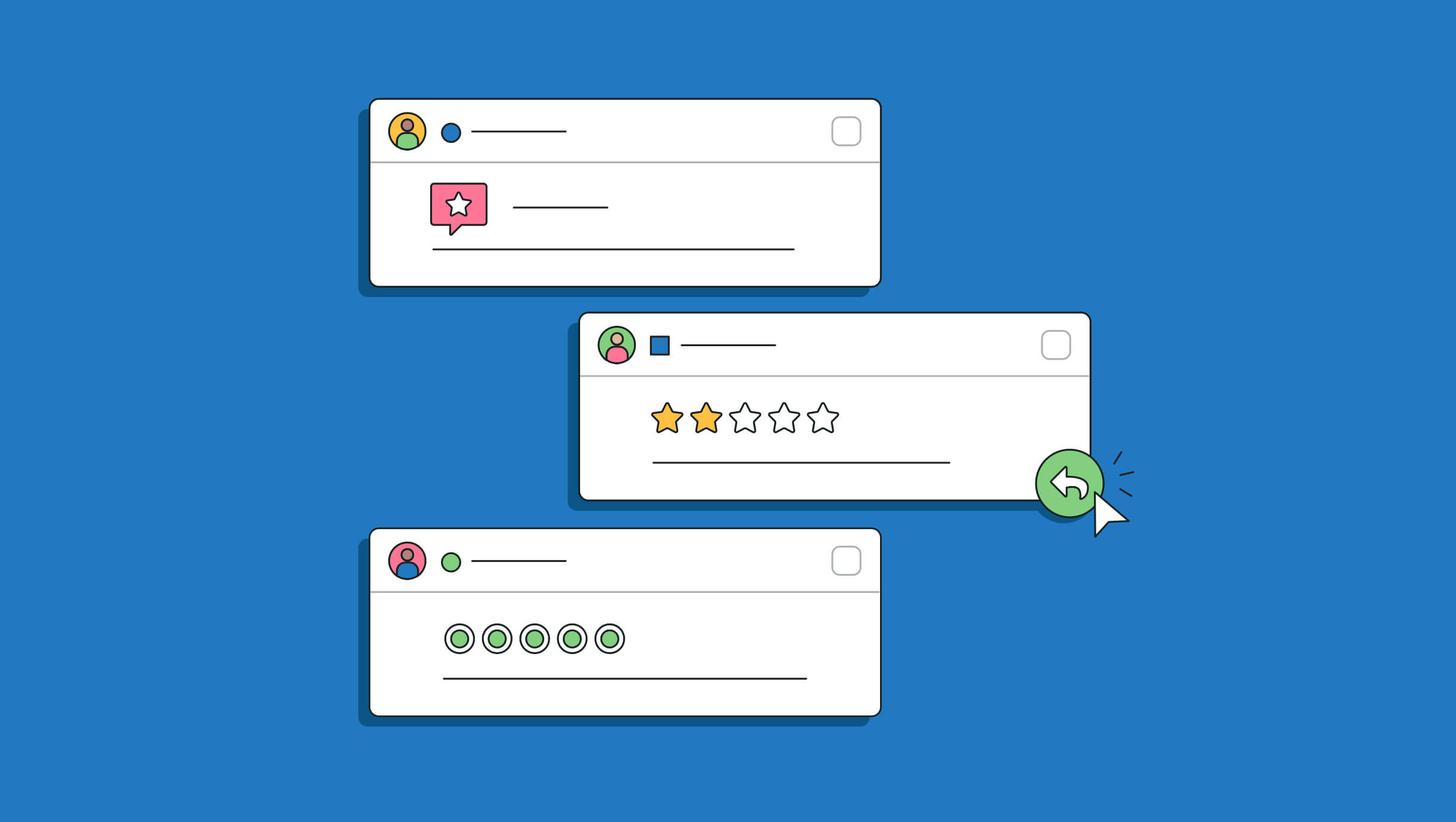
Source: sproutsocial
Once you've ensured your visibility and accuracy on web and mobile searches, the spotlight turns to consumer ratings and reviews—the lasting impressions etched into search results. A survey by Search Engine Watch in June 2013 unveiled a striking fact: 85% of local consumers closely heed the opinions shared by their fellow locals through ratings and reviews. Establishing an online and mobile presence is just the beginning; maintaining a positive image is equally vital for securing a competitive edge.
Regular check-ins on platforms like Yelp or Google Places are crucial to understanding what customers are expressing about your store. Should a negative review arise, responding promptly is key. However, responses should be concise, positive, and professional, ensuring that your engagement contributes to a constructive and favorable image. In the digital age, the enduring impact of consumer reviews underscores the importance of proactively managing your online reputation.
9. Embrace New Digital Innovations
 >
>
The use of smartphones among U.S. shoppers has surged, with 89% now relying on their smartphones in stores—an increase from 67% in 2015. Recognizing this trend, astute C-store marketers are adapting their strategies. According to a recent survey by NACS Research involving U.S. c-store owners, 21% have integrated contactless payment, 14% are prioritizing drive-thru experiences, and an additional 14% have introduced delivery services.
These digital advancements not only cater to changing consumer behaviors but also present a myriad of opportunities for convenience store owners to enhance sales through personalized recommendations. Picture this: a special deal on a customer's favorite chips when they add a hot dog to their virtual cart. It's about using digital tools creatively to elevate the customer experience with your brand. So, within the constraints of your available resources, leverage digital tools to infuse excitement into the interactions customers have
10. Use Social Media
 >
>
Social media stands as another vital facet of digital marketing. Nowadays, customers expect brands and retailers to establish a credible and engaging presence on various platforms, including but not limited to Facebook, X (i.e., Twitter), LinkedIn, and Instagram.
These social media channels serve as dynamic spaces for interaction, enabling brands to connect with their audience on a more personal level. Customers not only seek information but also crave a sense of community and real-time engagement. A robust social media presence allows brands to share updates, respond to customer inquiries, showcase products or services, and even humanize their brand through behind-the-scenes glimpses.
Moreover, social media serves as a powerful tool for promotions, announcements, and building brand loyalty. It's not just about being present; it's about actively participating in the ongoing conversations and trends within these digital communities. As customers navigate the digital landscape, a strong and responsive social media presence becomes a key component of the overall brand experience.
Additional Tip: Distinguish Your Store Through Exceptional Sales Service!
Outstanding customer service has the power to make your gas station stand out. Choose employees who are punctual, reliable, and possess excellent customer service skills. Provide training that goes beyond task-oriented duties, emphasizing how to greet customers warmly and handle diverse situations effectively. Recognize and reward employees who consistently deliver exceptional service. A content and fulfilled employee is not only more likely to stay but is also inclined to provide top-notch performance.
Wrap-Up
These strategies may seem straightforward, but their implementation is not necessarily a walk in the park. They demand resources, including the hiring of full-time staff. However, they present significant opportunities. Consider testing the waters by hiring someone for a few months. The results might surprise you if you invest the time and effort.







